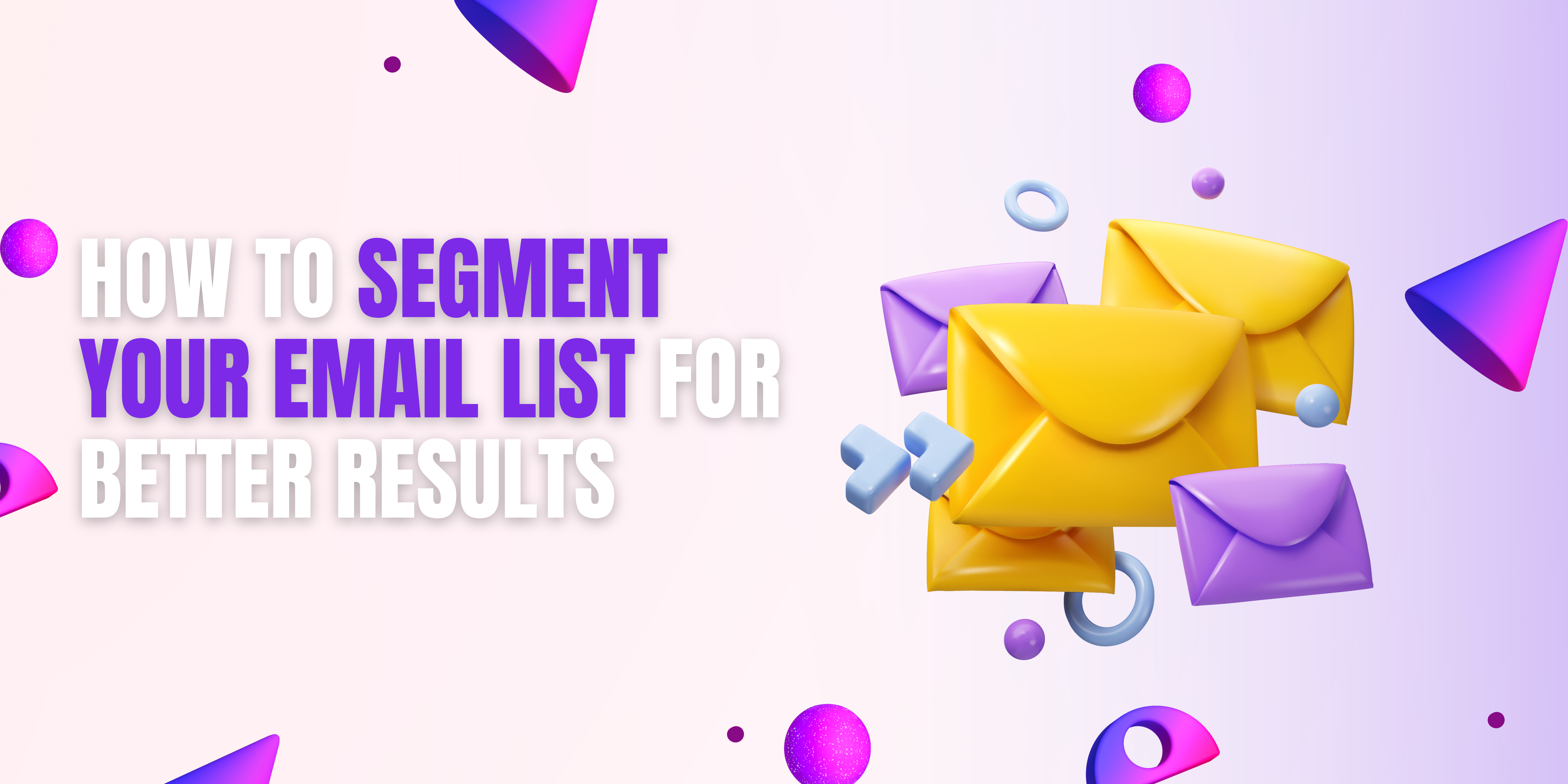
How to Segment Your Email List for Better Results
Email marketing is a powerful tool that can help you reach your target audience and achieve your marketing goals. However, in order to get the most out of email marketing, it is important to segment your email list. This means dividing your list into smaller groups of subscribers who share common characteristics.
Why Segment Your Email List?
There are many benefits to segmenting your email list. Here are a few of the most important:
- Increased open rates: When you send emails to a segmented list, you are more likely to have your emails opened. This is because you are sending emails that are relevant to the interests of your subscribers.
- Improved click-through rates: When your subscribers open your emails, they are more likely to click on the links that you include. This is because you are sending them emails that are relevant to their needs.
- Higher conversion rates: When your subscribers click on the links in your emails, they are more likely to convert into customers. This is because you are sending them emails that are relevant to their buying journey.
How to Segment Your Email List
There are many different ways to segment your email list. Here are a few of the most common methods:
- Demographics: You can segment your list by demographics such as age, gender, location, and income level.
- Behavior: You can segment your list by behavior such as past purchases, website visits, and email engagement.
- Interests: You can segment your list by interests such as product categories, content topics, and lifestyle preferences.
Putting It All Together
Once you have segmented your email list, you can start to create targeted email campaigns that are relevant to each segment. This will help you to achieve your marketing goals and get the most out of your email marketing efforts.
Here are some tips for creating targeted email campaigns:
- Use clear and concise subject lines that are relevant to the content of your email.
- Personalize your emails by using the subscriber’s name and other relevant information.
- Use a strong call to action that tells the subscriber what you want them to do.
- Test different versions of your emails to see which ones perform best.
By following these tips, you can create targeted email campaigns that will help you to achieve your marketing goals and get the most out of your email marketing efforts.
In addition to the methods mentioned above, you can also segment your email list by:
- Purchase history: You can segment your list by purchase history to send targeted emails to customers who have purchased specific products or services.
- Engagement level: You can segment your list by engagement level to send targeted emails to customers who are more likely to open and click on your emails.
- Lifecycle stage: You can segment your list by lifecycle stage to send targeted emails to customers who are at different stages of the buying journey.
Conclusion
Email segmentation is a powerful tool that can help you to achieve your marketing goals. By segmenting your email list, you can send more relevant and targeted emails to your subscribers. This will help you to increase open rates, click-through rates, and conversion rates.